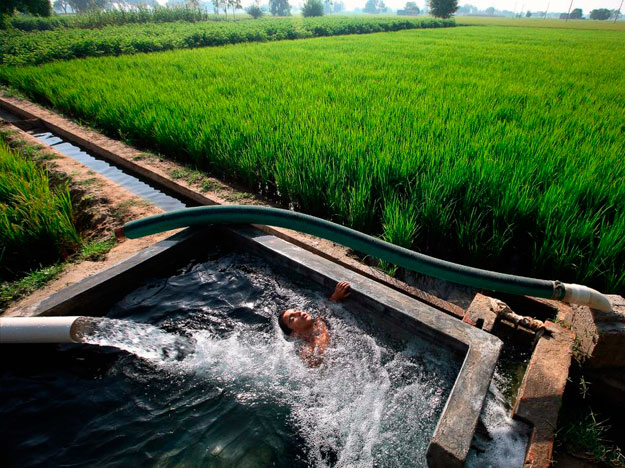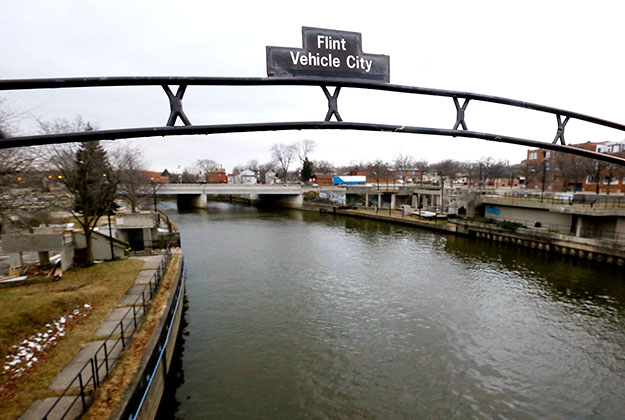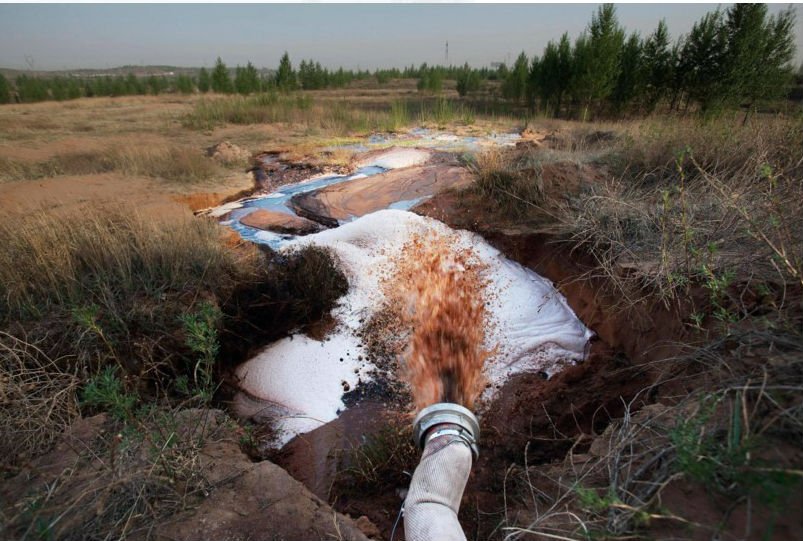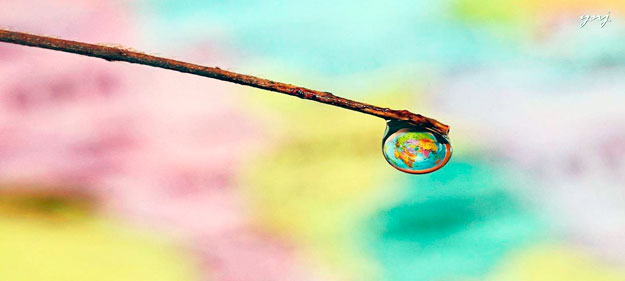Clean water is essential for life, but most people in the developed world don’t think much about the water they use for drinking, food preparation, and sanitation. In developing nations, however, the search for safe drinking water can be a daily crisis. Millions of people die each year, most of them children, from largely preventable diseases caused by a lack of access to clean water and proper sanitation.

Children play and bathe in an irrigation water tank for rice fields in Punjab, India.
Sandra Postel, director of the Global Water Policy Project and the National Geographic Society’s freshwater fellow, said freshwater scarcity presents a growing problem to be addressed during the United Nations Conference on Sustainable Development (Rio+20) in Brazil from June 20 to 22. “It manifests itself in the depletion of groundwater, and the drying up of rivers and lakes upon which people depend for irrigation to grow their food,” she said. “The intersection of water scarcity, food security, and a changing climate on top of it all raises a suite of water concerns that urgently need to be addressed.” Read more












